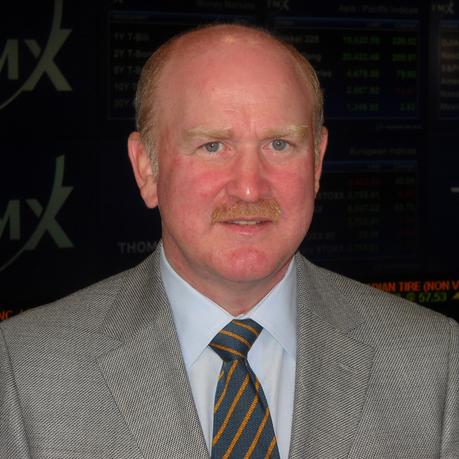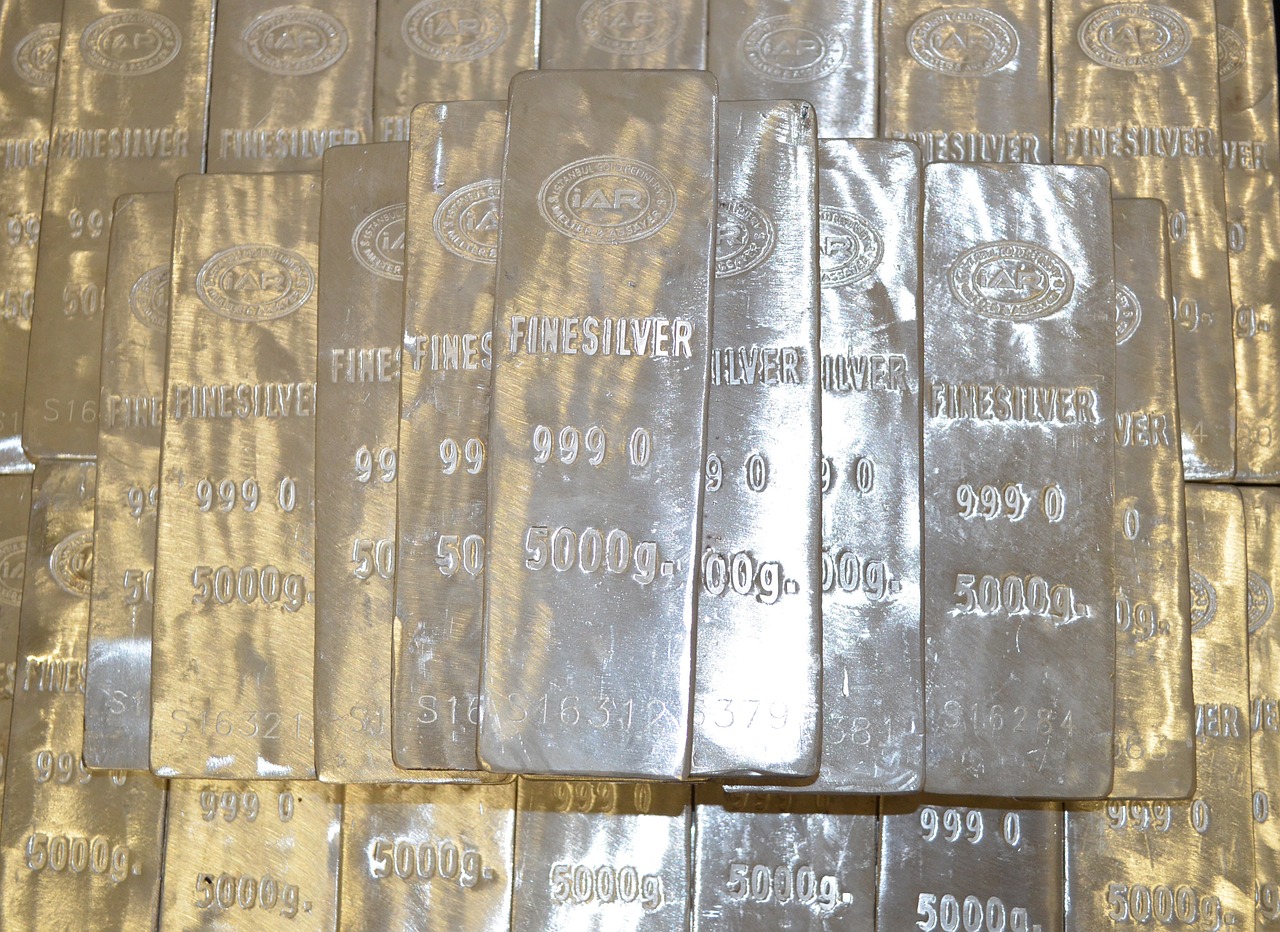 By Gavin Graham, Contributing Editor
By Gavin Graham, Contributing Editor
It is almost six months since the abrupt reversal of interest rate policy by the U.S. Federal Reserve (the Fed) and its chairman Jerome Powell.
Stock markets have rebounded sharply as a result of the Fed’s new dovish tone. As I write, the S&P/TSX is up 13% year-to-date, the S&P 500 has gained 14.6%, and the MSCI World Index is up 11.5%.
Government bonds have also been on a tear, with the Canadian long bond index up 9% year to date and yields on benchmark 10-year U.S Treasuries down by over 1% to 2.13% over the last six months and by 0.34% in the last month alone. Canada 10-year issues have seen their yield fall by over 0.8% to 1.5%
The sharp rise in both stocks and bonds is perplexing, as the reason that the Fed put interest rate increases on hold was signs of weakness in the U.S. economy. From anticipating two or three further interest increases in the present Fed funds rate of 2.25-2.5% this year, expectations amongst investors are now that there could be a couple of interest rate cuts, perhaps as early as next month.
While first quarter U.S. GDP growth was apparently strong at 3.2% annualized, this was due more to falling imports and stockpiling as a result of the escalating trade and tariff disputes with China. With unemployment at a 50-year low of 3.6%, weak non-farm payrolls (NFP) in May saw only 75,000 jobs created against expectations of 180,000. March and April’s NFP numbers were revised down by 75,000.
U.S. auto sales are down 3% year-to-date and existing home sales are off over 4% year-on-year, as the lagged effects of the Fed’s 2% increase in short-term rates over the last two years feeds through to the real economy. Short-term rates at 2.25-2.5% are now higher than 10-year Treasuries, which are at 2.13%, creating an inverted yield curve. It is the traditional predictor of a recession.
All of this means a rebounding Treasury market makes a lot of sense, as investors look to switch into a defensive asset, especially as they were receiving the highest interest rates in 10 years at the beginning of 2019.
Why stocks should be rising at the same time is a puzzle.
Earnings were 3.5% lower in the first quarter compared to a year ago, when they were boosted by the Trump administration’s corporate tax cut from 35% to 21%. Expectations for the S&P 500 are for earnings to be down 1.2% for the second quarter and rise only 2.2% for 2019 as a whole. That’s down from forecasts of an S&P earnings growth of 9.8% as recently as October of last year.
If the slowing economy is good for fixed income, it’s certainly not good for companies selling fewer goods and experiencing higher input costs due to tariffs and higher labour costs due to the very low unemployment rate. While analysts are hanging their hat on a hoped-for second half recovery, the tariff wars mean that organizations like the IMF and OECD have downgraded their global GDP forecasts to only 3.5% this year. The forecast is for China’s GDP growth rate to slow to 6.5%, the lowest in almost thirty years.
Safe havens are drawing more investors.
In these circumstances its unsurprising that the other asset class regarded as safe havens in recessions has been doing well recently. I refer, of course, to the precious metals: gold and silver. Having bottomed at $1,185 an ounce (figures in U.S. dollars) back in the late summer, gold shot up to almost hit $1,330 an ounce by the end of February as the U.S. stock market experienced its worst December since 1931.
As it became apparent the Fed would not raise rates and might even cut them, gold then sold off, dropping back to $1,280 an ounce early in May as the “don’t worry, be happy” mantra took hold with investors. Markets sold off again in May, as President Trump didn’t deliver the long-awaited trade deal with China. Instead he raised tariffs from 10% to 25% on $250 billion worth of Chinese imports. On top of that, he threatened tariffs on Mexico if it didn’t address illegal immigration. Thankfully, that was averted.
Amidst all this turmoil, gold rose again, breaking through the $1,350 an ounce mark on Friday, That’s an important level for gold. The metal touched it four times in the last five years: in late 2014, mid 2016, September 2017, and May last year, before falling back.
However, each bottom reached in the sell-offs has been higher, touching $1,055 in November 2015, $1,130 in December 2016, and, as noted, $1,185 last August. For chartists, a number of whom are gold followers, this represents a succession of rising lows and the gold price is forming a triangle formation. If gold should sustain this breakout above $1,350 an ounce, then a rapid rise would seem indicated. In the past six months, gold is up 7.36% according to Goldprice.org, while the iShares Global Gold ETF is up 7.95%.
Silver and gold.
The primary gold recommendations in the IWB are not dependent upon a higher gold price. Agnico Eagle, the gold miner, and Franco-Nevada, the royalty company, have grown their revenues and earnings through expansion of their mines or, in Franco-Nevada’s case, by acquiring additional royalties on precious metals and energy.
Franco-Nevada (TSX, NYSE: FNV) is up 10.5% year to date while Agnico Eagle (TSX, NYSE: AEM) has gained 13.4%.
Only small cap First Mining is dependent on higher prices making its deposits attractive to bigger miners. The recent mergers between Barrick Gold and Randgold and Newmont and Goldcorp are signs that takeover activity is picking up in the sector.
One way of playing the rise in precious metals that is looking particularly cheap now is the second largest silver miner in the world, Pan American Silver, my recommendation for June 2019. Silver is selling near a 20-year low in terms of its relationship to gold, at levels which in the past have seen silver outperform gold as the ratio adjusts back to historical norms. In addition, Pan American is down 34% over the last year and 24% year-to-date, largely due to the additional shares issued in its takeover of Tahoe Resources, a deal which many analysts feel has been misunderstood.
For the details of this new stock pick, please read the June 17 edition of the Internet Wealth Builder newsletter.
